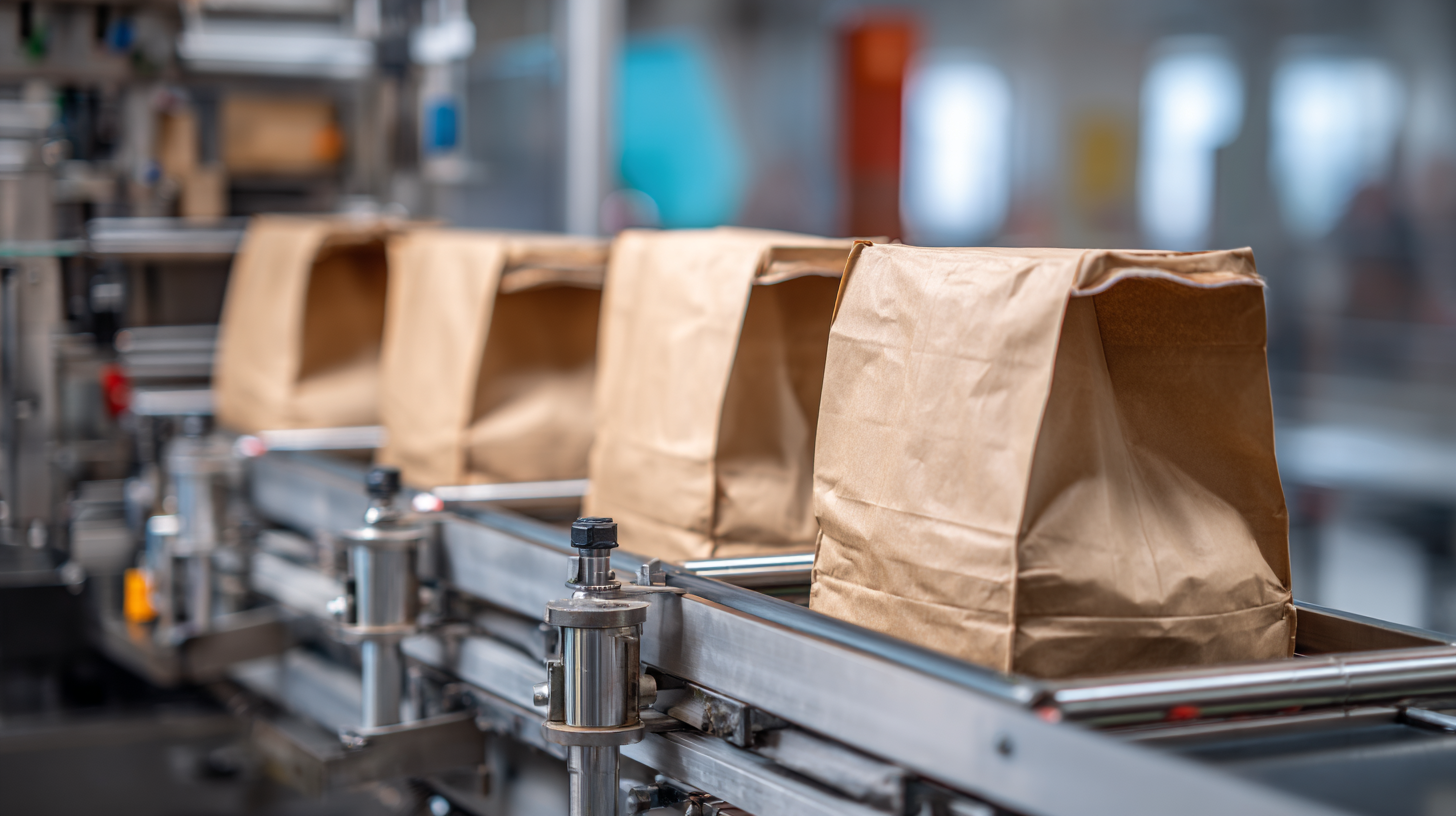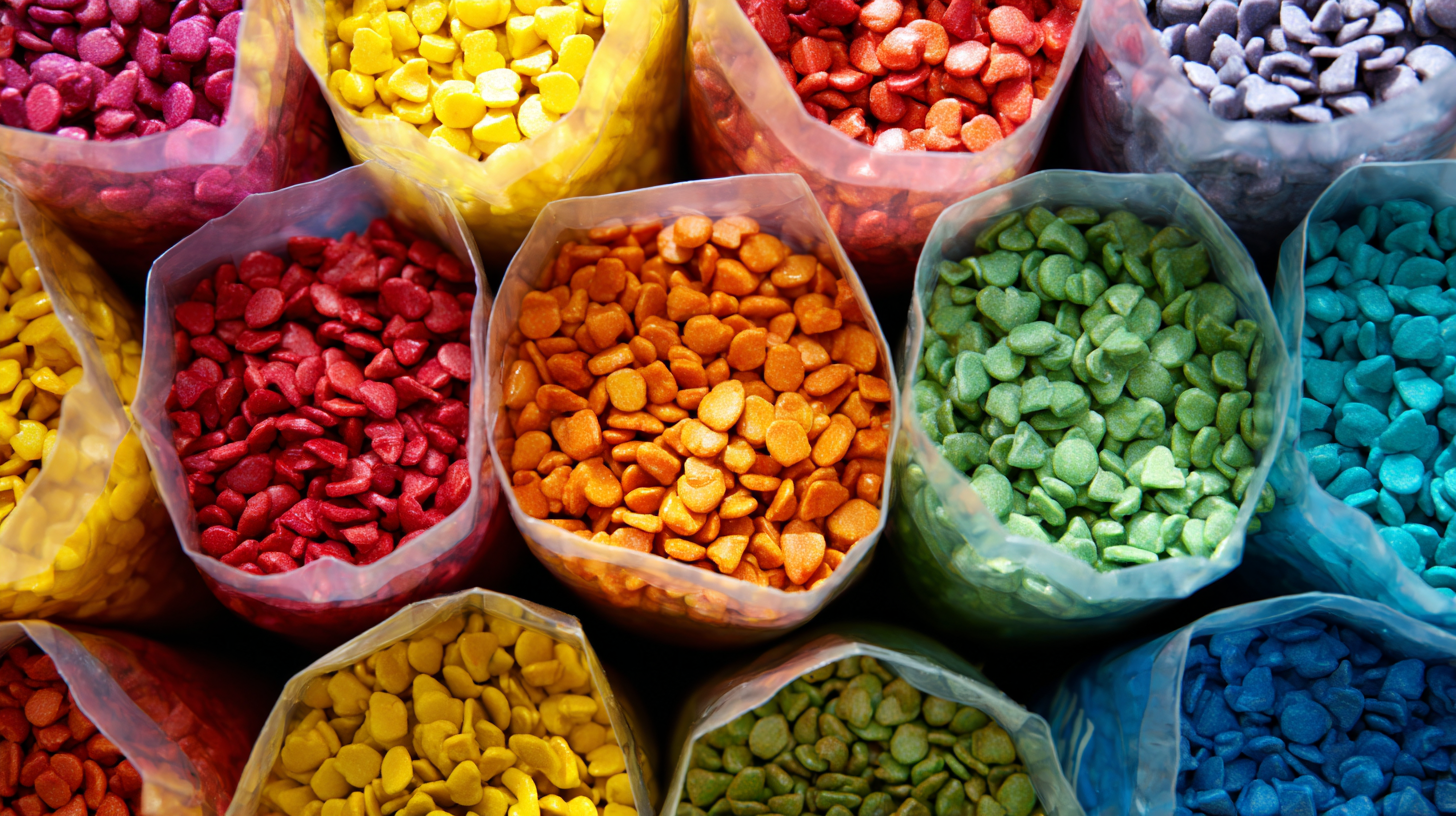In recent years, the packaging industry has witnessed a significant transformation, driven by evolving consumer preferences and sustainability initiatives. Among the trends shaping this landscape, Printed Composite Bags have emerged as a pivotal solution, combining functionality and aesthetic appeal. According to a report by Smithers Pira, the global flexible packaging market is projected to reach USD 248 billion by 2024, with Printed Composite Bags playing a crucial role in this growth due to their lightweight, durable, and customizable features. This innovative packaging option not only enhances brand visibility but also meets the increasing demand for environmentally friendly materials, thus aligning with the industry's shift towards sustainable practices. As stakeholders in the packaging sector seek to capture market opportunities, understanding the significance of Printed Composite Bags becomes essential for navigating contemporary trends and consumer expectations.

The rise of best printed composite bags marks a significant shift in packaging trends within various industries, particularly in flexible packaging. As the global market for flexible packaging is projected to reach approximately $368.82 billion by 2029, the demand for printed composite bags is becoming increasingly apparent. These bags, which offer both durability and aesthetic appeal, are being adopted across a range of sectors including consumer goods, food, and beverages. Their ability to combine functionality with eye-catching designs makes them a favored choice among brands looking to enhance their packaging solutions.
Beyond their visual appeal, printed composite bags are also contributing to sustainable practices within the packaging industry. As consumer awareness around environmental issues grows, manufacturers are leaning towards more eco-friendly materials. This trend is evident in the robust growth projected for the flexible plastic packaging market, driven by innovations in printing technology and materials that align with sustainable goals. The combination of functionality, aesthetics, and environmental consciousness positions printed composite bags as a vital element in the evolution of packaging solutions.
| Dimension | Value |
|---|---|
| Market Growth Rate (2021-2026) | 8.5% |
| Global Market Size (2023) | USD 3.2 Billion |
| Key End-Use Industries | Food & Beverage, Retail, Pharmaceuticals |
| Material Composition | Polypropylene, Polyester, Paper |
| Environmental Impact | Biodegradable options are gaining traction |
| Customization Options | Full-Color Printing, Various Sizes, Handles |
| Strengths | Durability, Lightweight, Cost-effective |
| Challenges | Sustainability Concerns, Competition from Alternatives |
In the competitive landscape of the packaging industry, the power of visual branding cannot be underestimated. Printed composite bags have emerged as a game-changer, offering businesses the opportunity to enhance their brand identity through innovative designs. Unlike traditional packaging, these bags incorporate high-quality printing techniques that allow for vivid colors and intricate graphics. This capability transforms a simple bag into a canvas for storytelling, enabling brands to communicate their values and connect with consumers on a deeper level.
Moreover, the versatility of printed composite bags makes them ideal for a wide range of products, from food items to retail merchandise. By customizing designs to reflect their unique characteristics, brands can create packaging that resonates with target audiences. Whether it’s through eye-catching logos or environmentally friendly messages, the designs serve as a critical touchpoint that leaves a lasting impression. As brands continue to seek differentiation in a crowded market, the use of printed composite bags not only elevates product presentation but also solidifies brand recognition and loyalty among consumers.
The packaging industry is experiencing a significant shift towards sustainability, with eco-friendly materials increasingly becoming the preferred choice for manufacturers. According to a 2022 report by Allied Market Research, the global biodegradable bags market is projected to reach $8.69 billion by 2027, growing at a compound annual growth rate (CAGR) of 13.2%. This trend reflects a heightened consumer demand for products that minimize environmental impact, driving the adoption of printed composite bags made from sustainable resources.

The economic advantages of printed composite bags in the packaging industry are increasingly becoming a focal point for businesses aiming to enhance their cost-effectiveness. According to a recent report by Smithers Pira, the flexible packaging market is projected to reach a value of $300 billion by 2024, driven largely by innovations like printed composite bags. These bags not only provide a lightweight and durable option for packaging but also help reduce shipping costs due to their lower weight compared to traditional packaging materials.
Moreover, the use of printed composite bags can lead to significant savings in material costs. A study by the Flexible Packaging Association highlights that businesses can reduce waste by up to 20% when switching to optimized composite packaging solutions. This reduction not only impacts the bottom line but also contributes to sustainability efforts, making printed composite bags a dual-faceted choice for companies looking to balance cost with eco-friendliness. As brands continue to seek innovative packaging solutions, the economic benefits of printed composite bags are likely to play a critical role in shaping industry trends moving forward.
As we look towards 2025, the composite bags market is poised for significant growth, driven by a surge in demand across various sectors such as food, agriculture, and industrial packaging. With increasing emphasis on sustainability, brands are gravitating towards best printed composite bags that offer not only durability but also aesthetic appeal. These bags are gaining traction due to their ability to protect products while providing eye-catching designs that enhance brand visibility on retail shelves.

Future projections indicate that advancements in production techniques and materials will play a crucial role in shaping the composite bags industry. Manufacturers are expected to adopt eco-friendly practices, utilizing recyclable and biodegradable materials to meet consumer demands for sustainable packaging solutions. Additionally, technological innovations in printing technologies will allow for more vibrant and long-lasting designs, further attracting businesses looking to stand out in a competitive market. As these trends evolve, we can anticipate a dynamic shift in how composite bags are perceived and utilized within the packaging landscape.
